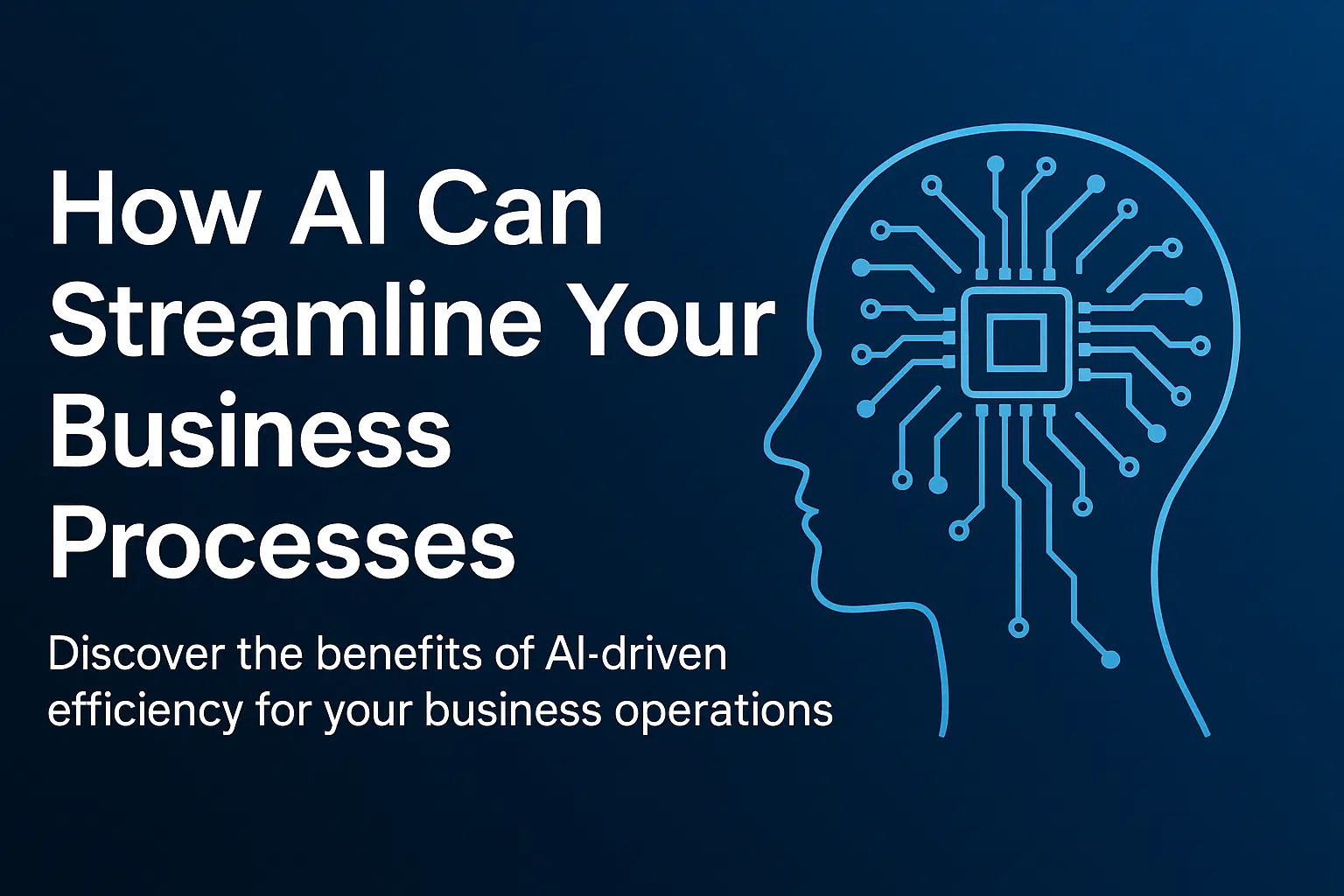From Mundane to Magical: AI’s Productivity Revolution in Small Business
Morning light hits the office in Marbella and your inbox is already humming. Between client queries, order updates, and spreadsheets, the day’s to-do list feels endless. Now imagine a world where the repetitive noise is handled automatically—leaving you to focus on strategy, customers, and growth. That’s the quiet revolution of AI in 2025: practical tools that help small businesses work faster, smarter, and with fewer mistakes.
What follows is a clear guide to where AI makes an immediate difference, where to start, and how to scale without breaking your operations or budget.
What AI Really Delivers (Beyond the Hype)
- Automation of repetitive tasks: Inbox triage, appointment scheduling, invoice processing, document prep, and simple customer replies can be handled in minutes instead of hours.
- Decision support, not guesswork: Forecasting, anomaly detection, churn risk flags, and “recommended next actions” turn data into daily, usable insights.
- Content and communication at scale: Draft blogs, social snippets, email campaigns, FAQs, and knowledge base articles—then refine with a human touch.
- Consistency and quality control: AI catches formatting errors, missing fields, duplicate records, and compliance gaps before they become costly.
Where Small Businesses See Quick Wins
- Sales & Leads: Auto-qualify enquiries, score leads, draft tailored proposals, and schedule follow-ups with reminders that actually happen.
- Customer Service: Smart chat, suggested replies for agents, and automated status updates reduce wait times and keep tone consistent.
- Finance & Admin: Extract data from receipts/invoices, reconcile line items, chase unpaid invoices with polite sequences, and prepare monthly summaries.
- Operations: Auto-create tasks from emails, generate checklists, standardise SOPs, and track SLAs without manual spreadsheets.
- Marketing: Produce drafts for blog posts, ads, and landing pages; repurpose long content into short posts; A/B test messages quickly.
A Sensible Roadmap: Start Small, Prove Value, Then Scale
- Audit your processes: List repetitive tasks, bottlenecks, and error-prone steps. Prioritise items that are frequent, simple, and measurable.
- Pilot low-risk tools: Begin with email drafting, meeting notes, scheduling, or FAQ assistants—areas where mistakes are low-impact and easy to review.
- Get your data in order: Clean contact lists, standardise naming, centralise files, and document where key data lives. AI is only as good as its inputs.
- Measure outcomes: Track time saved, error reduction, response time, and conversion rate. Use simple before/after metrics.
- Integrate and automate: Connect tools to your CRM, accounting, or ticketing system via APIs or middleware. Replace swivel-chair copying with automated flows.
- Customise for advantage: Once the foundations work, build bespoke automations—Excel-driven models, tailored dashboards, and domain-specific assistants.
Overcoming the Common Hurdles
- Skills & training: Introduce short workshops on prompts, review practices, and data privacy. Create internal “prompt playbooks” for common tasks.
- Change management: Start with volunteers and champions. Share wins publicly inside the team. Keep humans in the loop.
- Cost control: Use free tiers and small pilots first. Prove ROI, then upgrade. Focus on one or two high-value use cases at a time.
- Governance & privacy: Define what data is allowed in which tools, set approval steps for external content, and log key decisions.
- Tool sprawl: Standardise. Choose a small stack that integrates cleanly rather than ten disconnected apps.
Marbella-Style Scenarios (Practical Inspiration)
- Property & Rentals: Auto-reply to enquiries with availability, viewing slots, and locality guides; summarise viewing notes into CRM records.
- Hospitality: Generate seasonal offers, translate menus/descriptions, personalise guest messages, and centralise reviews with suggested responses.
- Professional Services: Draft contracts from templates, compile research summaries, prepare timesheet digests, and schedule review calls automatically.
- Retail & eCommerce: Sync inventory updates, flag low stock, create product copy variations, and send post-purchase care tips on autopilot.
30-Day Action Plan You Can Actually Do
- Week 1 – Identify & prepare: Pick 3 tasks consuming the most time. Write the “current steps” for each and define a success metric (e.g., minutes saved per task).
- Week 2 – Pilot one tool: Test a drafting assistant for emails or proposals, or an invoice/receipt extractor. Keep humans reviewing output.
- Week 3 – Measure & refine: Compare before/after metrics. Tweak prompts, templates, and approval steps.
- Week 4 – Integrate & expand: Connect the pilot to your CRM or accounting system. Roll out to a second task once the first shows ROI.
Safety, Accuracy, and Brand Voice
AI should enhance your standards, not dilute them. Keep a human-in-the-loop for external content, maintain a brand style guide, and version-control your templates. For anything sensitive, route drafts to the right approver automatically. This keeps quality high while still moving faster.
How Marbella Tech Solutions Can Help
We help local SMEs map opportunities, choose the right tools, and build lightweight automations that actually stick. From Excel-based models and dashboards to content systems, CRM workflows, and payment integrations, our approach is practical: start where you are, prove value quickly, and scale confidently.
Conclusion: The Quiet Edge
AI in 2025 isn’t about replacing people; it’s about removing friction so people can do their best work. Start small, measure clearly, and keep humans in the loop. The result is a quieter, compounding advantage—less busywork, faster decisions, and more time spent with customers. When the groundwork is solid, the gains feel almost magical.
Want help prioritising what to automate first? Tell us your top three time-drainers and we’ll outline a sensible, low-risk plan to fix them.

